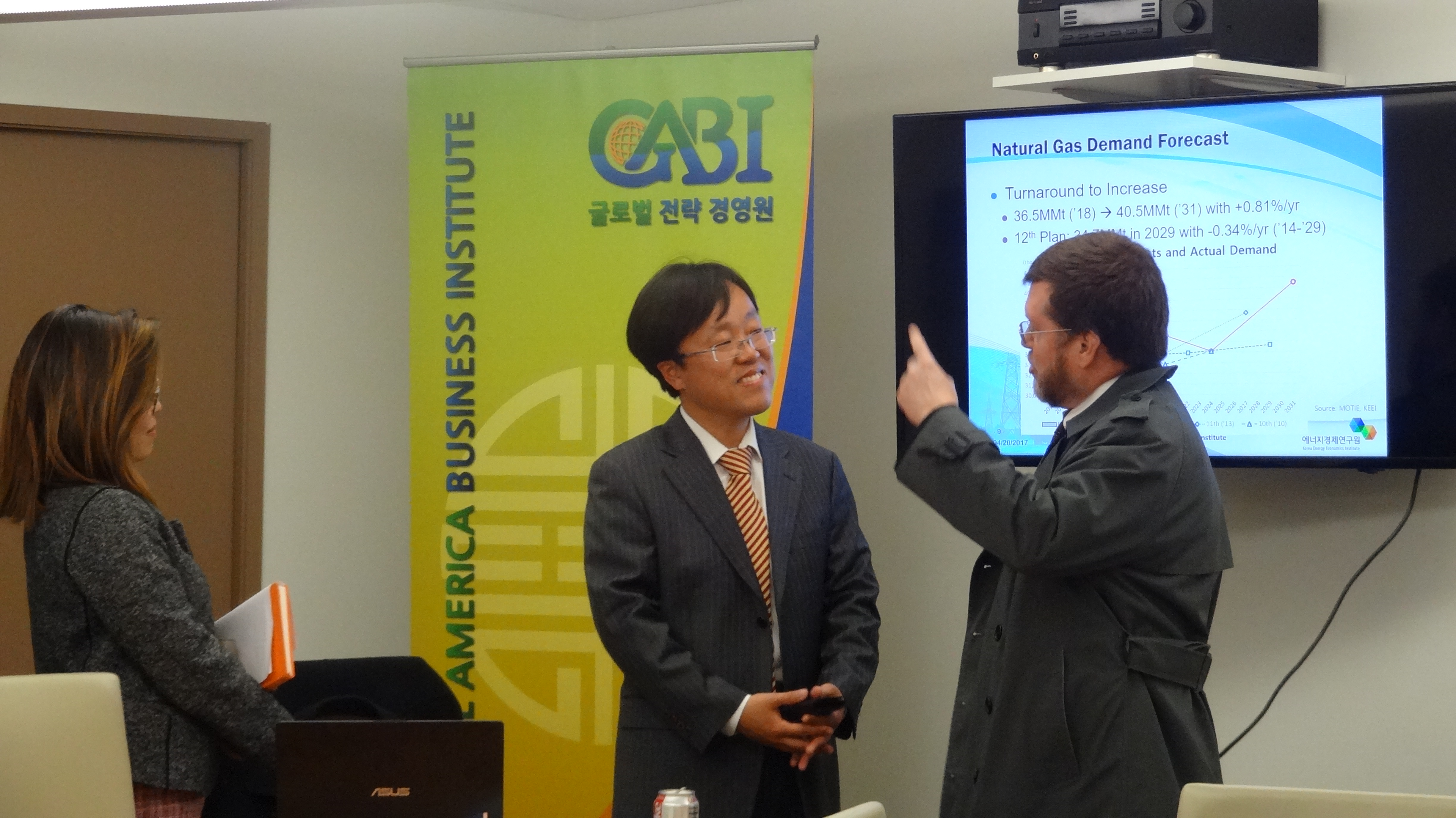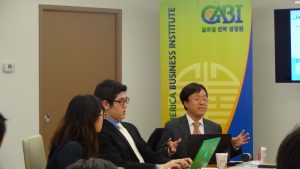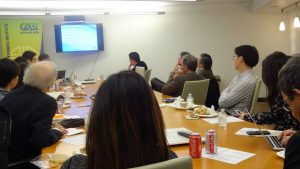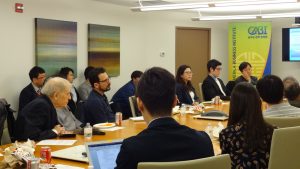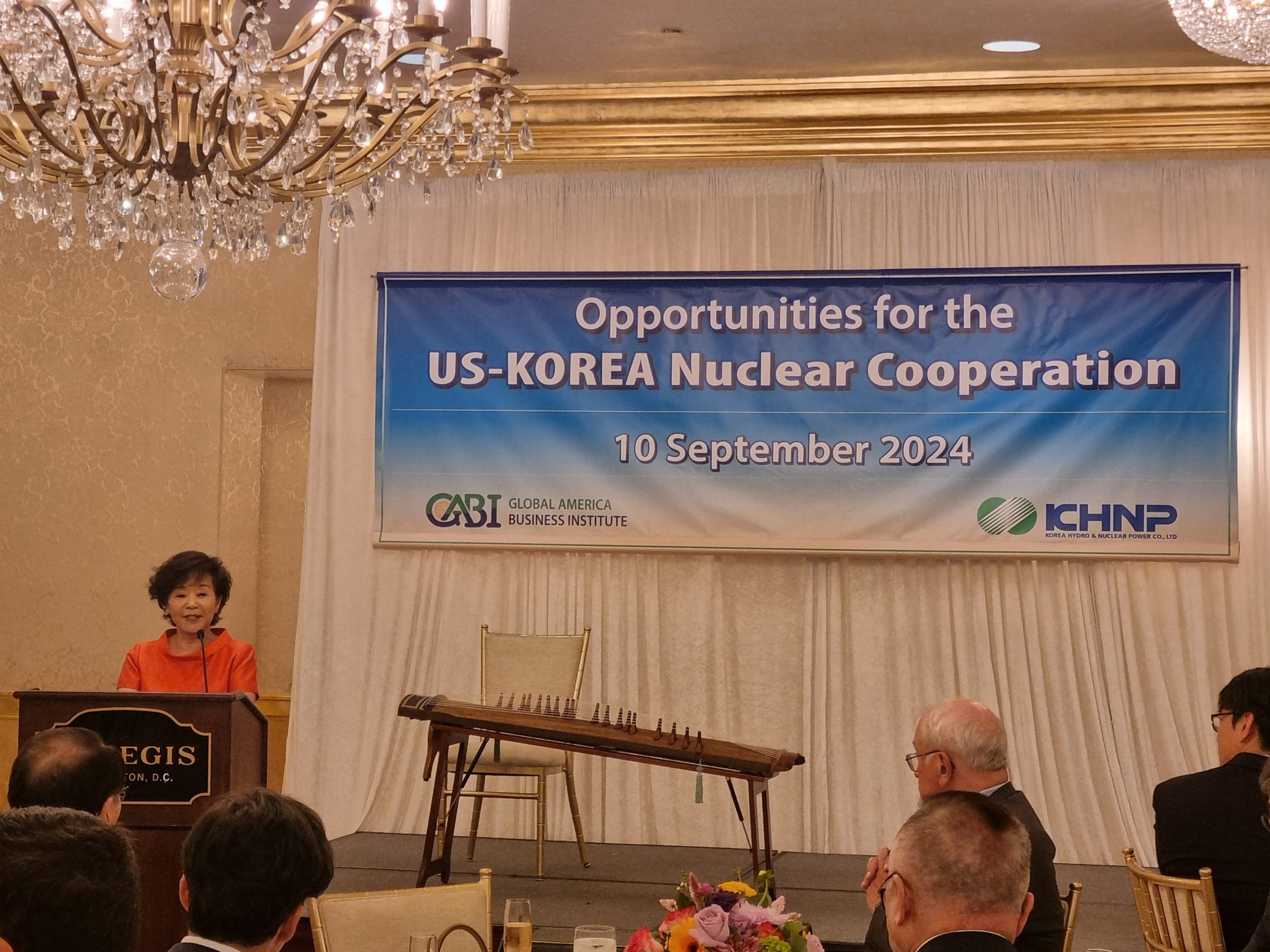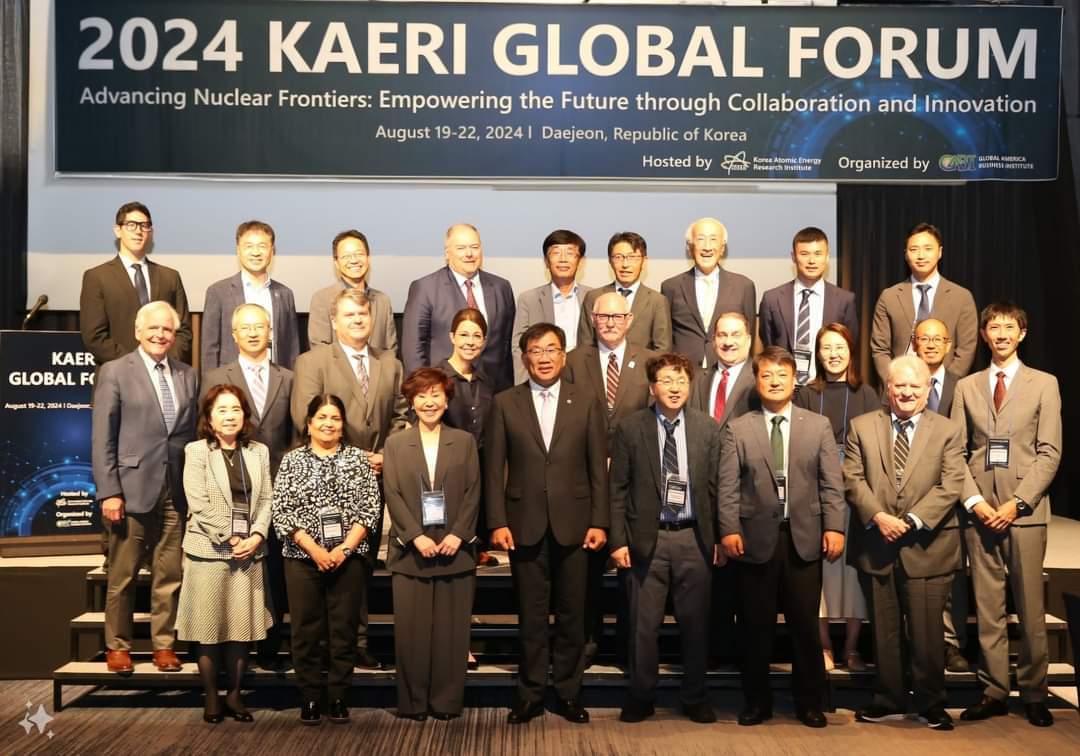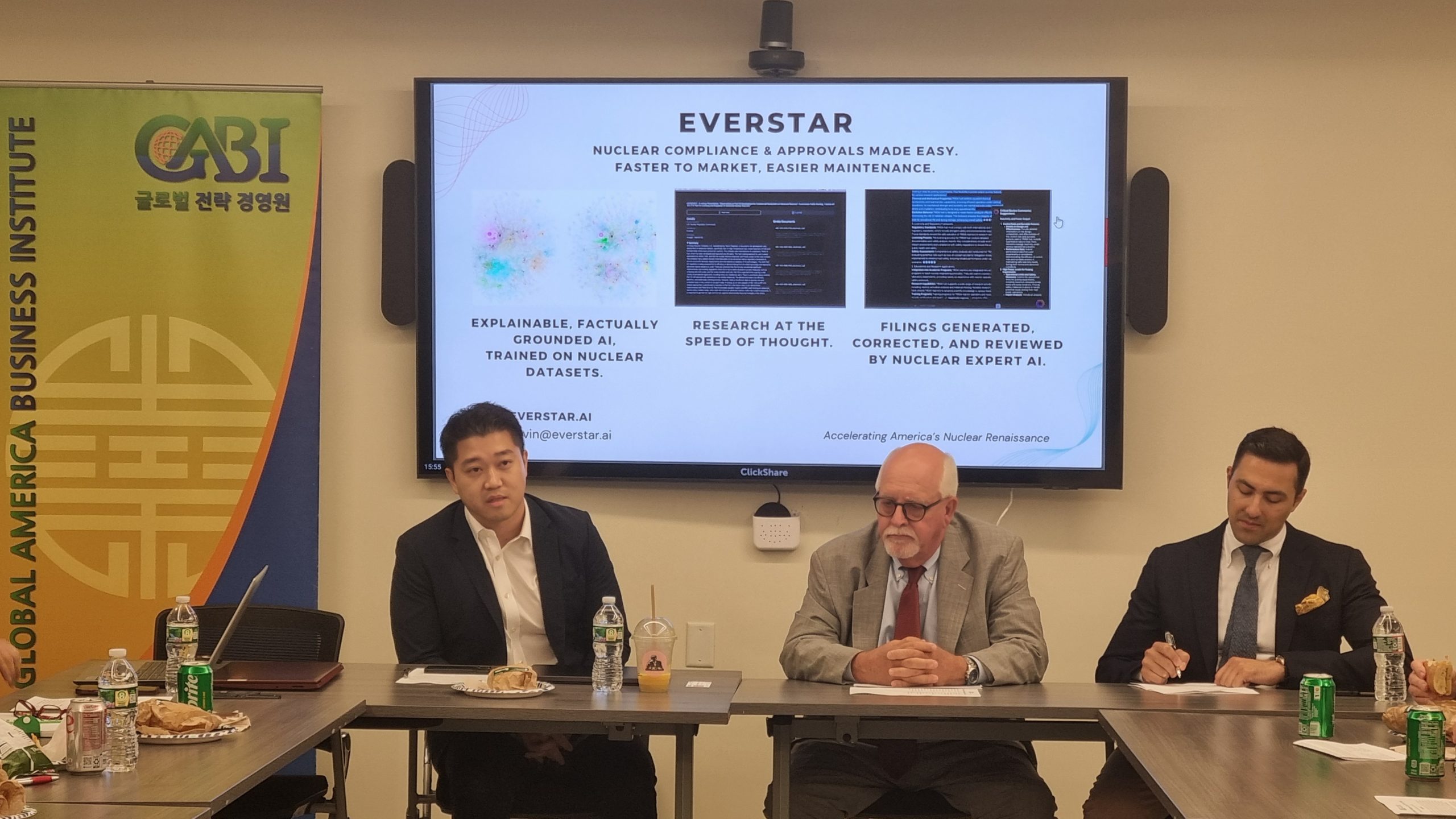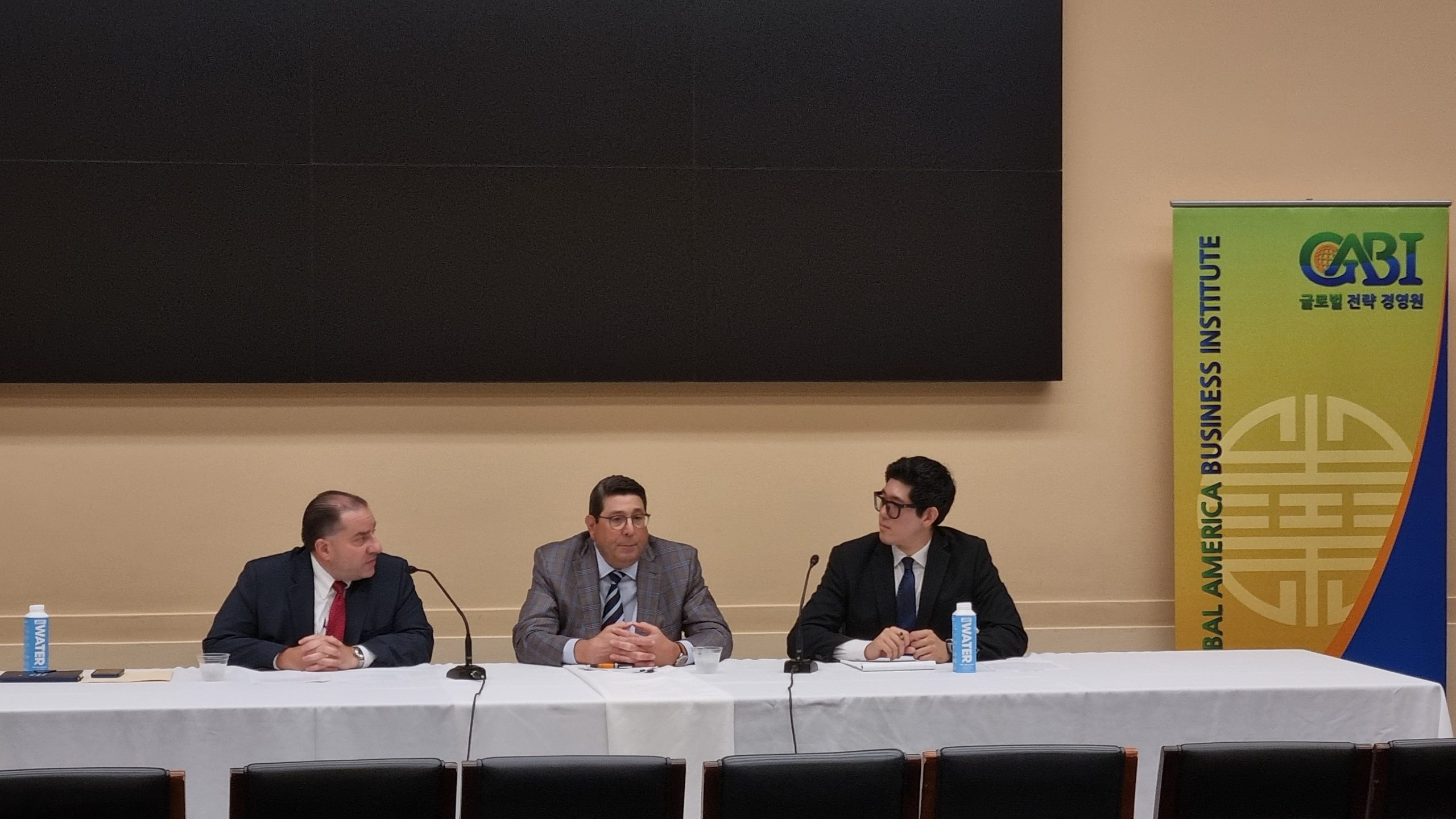The Republic of Korea (ROK, or South Korea) is presently the world’s third largest liquefied natural gas (LNG) market, and upon assuming office, President Moon Jae-In had stated his intention to increase the proportion of natural gas in Korea’s energy mix. The ROK Ministry of Trade, Industry, and Energy (MOTIE) recently released its 13th Long-term Natural Gas Supply Plan, covering the period between 2018 and 2031. The plan projects gas demand will increase to 40.5 million metric tons by 2031; the previous long-term plan had forecasted Korean gas demand to be approximately 35 million metric tons by 2029. Uncertainties remain in some of these projections—gas demand is expected to decrease before rising again in 2025 as a result of coal and nuclear additions, although in the long-run, it may increase more than anticipated should Korea fall short of its high renewable energy targets. How such developments unfold will have significant impacts on Korea’s future energy mix and by extension, its energy security, carbon emissions, and economic growth.

